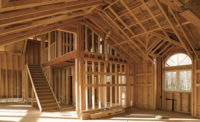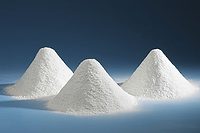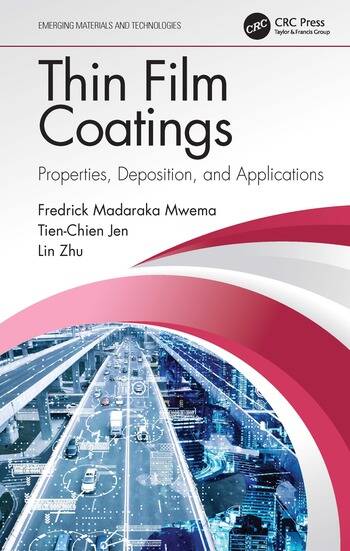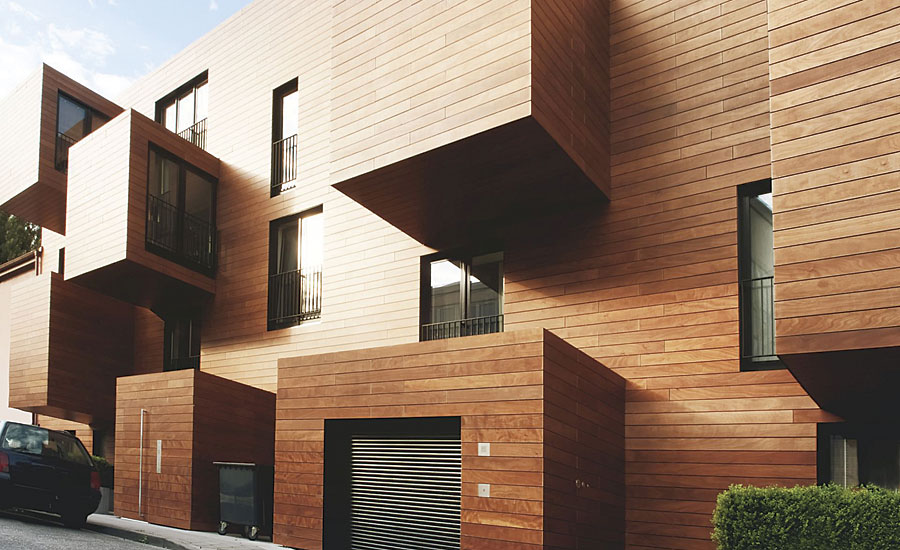Architectural Coatings Industry Shows High Interest in Low-VOC Technologies
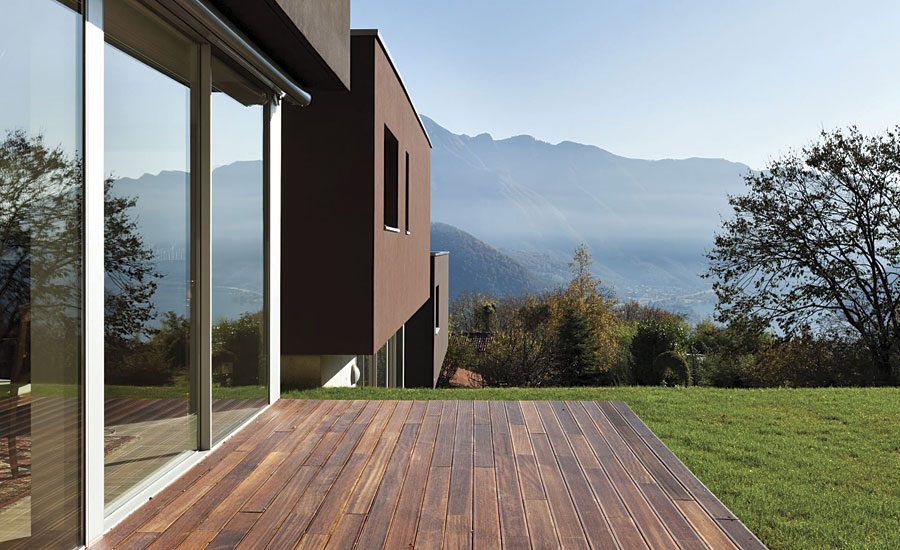



The market for low-solvent, low-VOC paint technologies is witnessing healthy and steady growth as a result of mounting pressure from end-user markets. There are several reasons behind this: increasing awareness on the part of end users and consumers is causing them to ask for highly sustainable products with low toxicological profiles and low environmental impact. In some countries this trend is so firmly established that all new formulations are developed with the primary aim of using only or mostly label-free and environmentally compatible materials. Governments are also contributing to this momentum with their initiatives to limit air pollution and environmental impact.
The advantages of using raw materials with reduced toxicity, low or no VOC residuals and therefore low odor include easy disposal, reduced equipment maintenance and lower impact on the environment. The architectural coatings industry in particular has shown high interest in low-VOC paint formulations, both for interior and exterior end uses. The interior sector is the largest of the architectural coatings market, and focus on low toxicity is high. Exterior coatings give façades distinguishing decorative features or have special functions such as protection, resistance and long-term durability. In both interior and exterior sectors, more and more products are grouped under the generic umbrella of “low VOC”. But whether these products generate no VOC or low VOC, two main challenges arise: price and continuing availability of raw materials. As the market expands, it is crucial to be able to maintain production costs at a level that will not negatively impact growth and to ensure a stable supply of the raw materials that have been specified for the final formulations.
In geographical terms, interest and growth in this sector of the paint industry are greatest in regions such as Europe and the United States. In these areas, exterior and interior paints have for several years been subject to very stringent regulations and rigid standards, the aim being to protect consumers and labor forces. These legal requirements are the main drivers of the shift from conventional to no- or low-VOC paints. Demand is also rising in emerging markets, for example in the Asia Pacific region. The architectural residential industry is faced with numerous challenges associated with increasing urbanization and growing populations. These, together with higher commitment on the part of governments to improving air quality and increasing sustainability in general, are also promoting the development of a more environmentally compatible and sustainable architectural coatings industry.
With strong roots in Asia and a global presence, SONGWON has been witnessing these global trends for several years, and after consulting several players in the value chain, started to develop low-VOC additives that meet market requirements. Additives for thermal and light protection are essential components of the overall formulation, because they help to increase the durability of the coating, whether it is designed for the façade, the floor, the ceiling or any other part of a building. The demand for durability as well as for water-miscible products and those that generate little or no VOC has resulted in the launch of a hindered amine light stabilizer (HALS), offered initially to customers in Europe and introduced this year in Asia.
SONGSORB® CS AQ01 improves the durability and overall performance of architectural and decorative coatings. It exhibits the efficiency of most conventional liquid light stabilizers while ensuring that the formulation benefits from low VOC generation. Being water miscible, it is easy to dose and handle, and does not require the addition of an incorporating agent. Besides providing light stabilization, it also helps to prevent chalking and maintain gloss. Its polymeric nature allows it to be easily and thoroughly incorporated in resins. It can be used in blends with other additives such as antioxidants or ultra-violet absorbers. These stabilization packages prevent oxidation of the binder and protect exterior coatings against degradation through light exposure. They can be tailor made to meet very specific requirements.
The water-miscible and no- to low-VOC product pipeline is highly dynamic. The company will be releasing new low-VOC products for architectural coatings in the first quarter of this year.
Looking for a reprint of this article?
From high-res PDFs to custom plaques, order your copy today!




